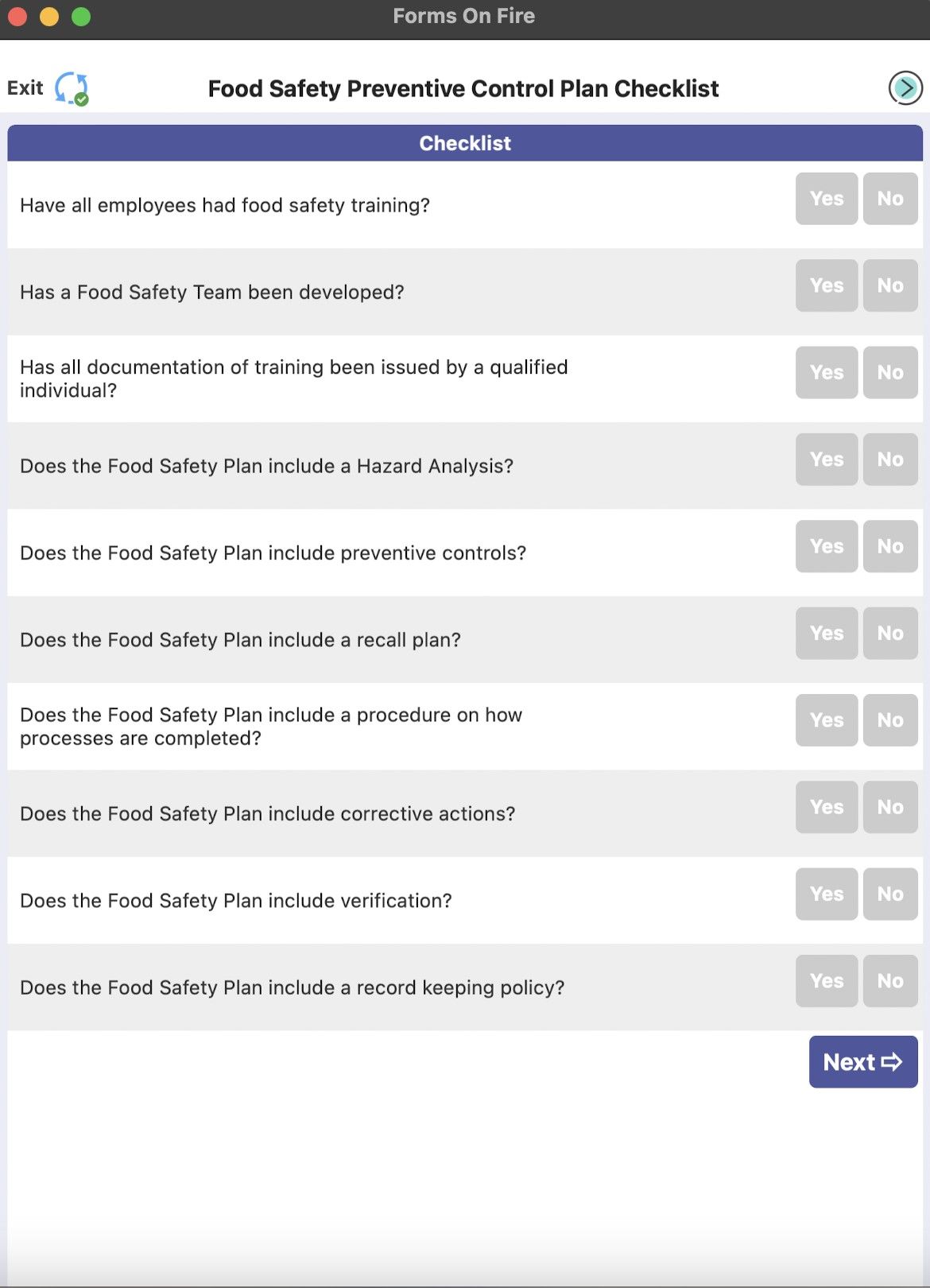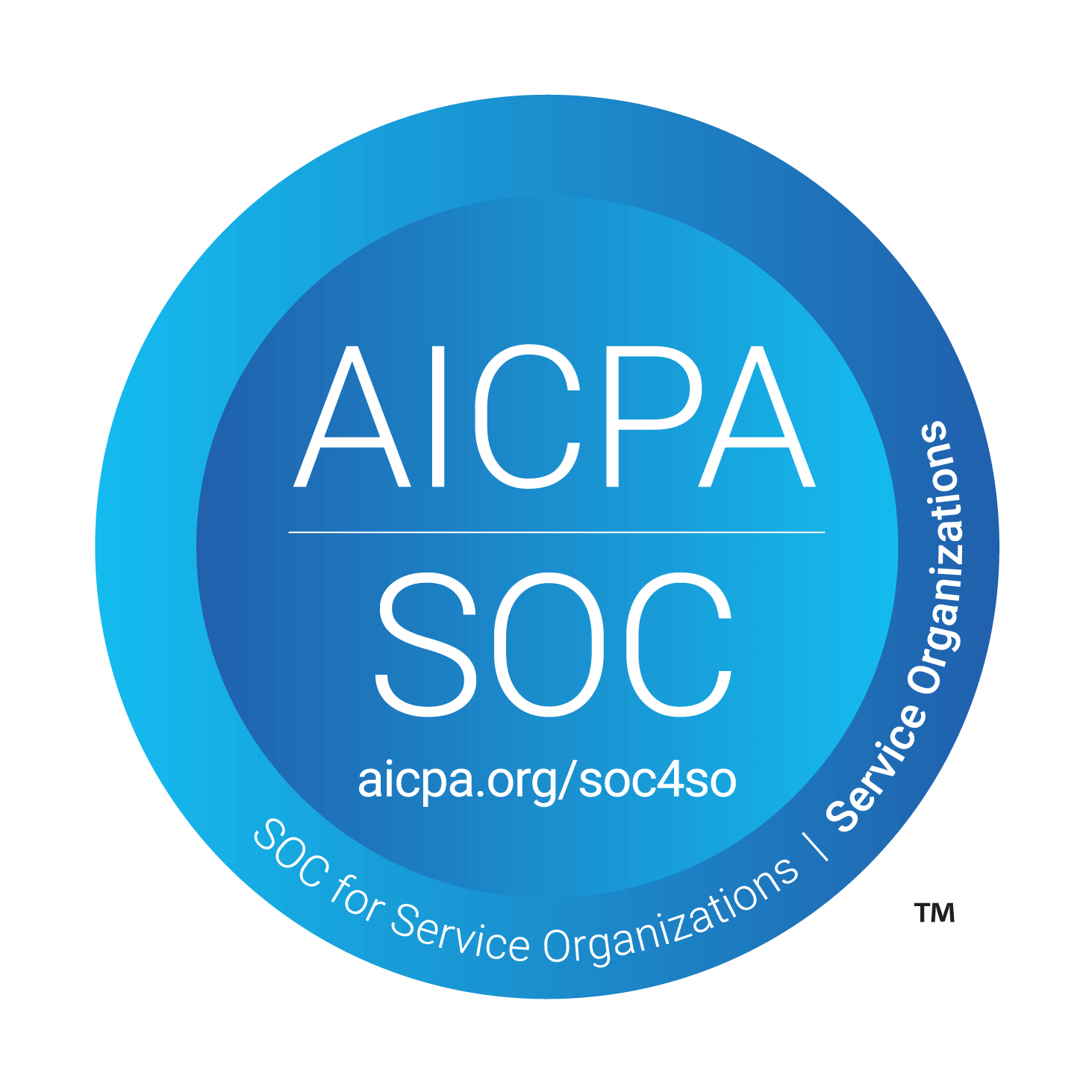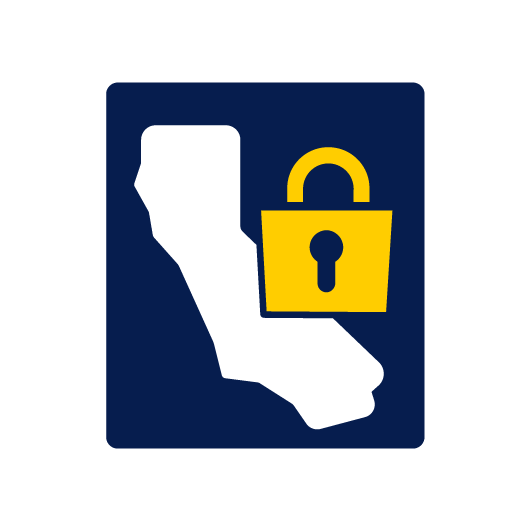Food Safety Checklist | Food Safety Form
Ensuring food safety is crucial in any establishment that handles food, whether it's a small café or a large production facility. A food safety checklist is an essential tool designed to systematically monitor and uphold high standards of food handling, preparation, and storage. It’s a vital resource for maintaining health and safety compliance, minimizing the risk of foodborne illnesses, and guaranteeing customer satisfaction.
Click on the button below to start a free trial of Forms On Fire and get instant access to our huge checklist database that includes a food safety form template.
Let's explore what a food safety checklist is, who uses it, what it covers, and where to get one.
What is the Food Safety Checklist?
The food safety checklist is a simple tool used for auditing and monitoring all aspects of food safety in a food-handling environment. It is designed to ensure that all practices meet health and safety standards — from the receipt of raw materials to the final serving of food.
The checklist is critical in preventing contamination, ensuring proper hygiene practices are followed, and maintaining consistent food quality.
Who Uses Food Safety Forms?
Food safety forms are used by a variety of professionals, including:
- Restaurant managers: Utilize them in daily operations to ensure kitchen and dining area hygiene.
- Chefs and cooks: Employ them in food preparation processes to maintain cleanliness and proper cooking temperatures.
- Food safety auditors: Apply them during inspections to enforce compliance with health regulations.
- Food service staff: Use them in handling and serving processes to prevent cross-contamination.
- Quality control officers in food manufacturing: Implement them in production lines to guarantee product safety and quality.
There are various laws and regulations in different countries that mandate the use of food safety checklists or similar protocols, such as the FSMA in the US, Regulation (EC) No 852/2004 on the hygiene of foodstuffs in the European Union, and ISO 22000, an international standard that sets out the requirements for a food safety management system.
The specifics will vary depending on the country and the type of food service establishment.
What Does the Food Safety Checklist Usually Cover?
Food safety is a comprehensive field, and relevant checklists can be used to cover a wide range of topics to ensure complete safety in food handling. Here are two different use cases.
The checklist for restaurant managers would typically include items such as:
- Are refrigerators and freezers operating at the correct temperatures?
- Are perishable items stored properly and rotated to prevent spoilage?
- Are food preparation areas clean and sanitized?
- Are cleaning supplies stored away from food preparation areas?
- Have all employees had food safety training?
- Is there a regular maintenance schedule for equipment?
- Are there any signs of pest activity in the facility?
- Is there a protocol for reporting and addressing food safety issues?
On the other hand, a checklist for food service staff might include items like:
- Are handwashing stations adequately stocked and accessible?
- Do you know and follow proper handwashing procedures?
- Are foods cooked to the required internal temperatures?
- Do you have gloves and utensils to prevent direct hand contact with food?
- Are you trained in safe food handling practices?
- Are raw and cooked foods stored separately to avoid cross-contamination?
Aside from that, the document/form should also include the following:
- Name and contact information of the person completing the checklist
- Date of submission
- Space to leave additional comments
- Signature of the person completing the checklist
Depending on the context in which the food safety checklist is used, you’ll have to adjust it to your needs.
Below, you can find a snapshot of a food safety plan checklist built using Forms On Fire.

Where Do I Get a Food Safety Checklist?
Forms On Fire provides an extensive collection of customizable form templates, including detailed food safety checklists. These can be easily published and shared with your team, who can then complete and submit them via mobile devices.
The platform also allows you to quickly generate reports from the checklist data. This way, you can streamline the audit process and eliminating physical paperwork, repetitive data entry, and manual tracking and submission of this important information.




